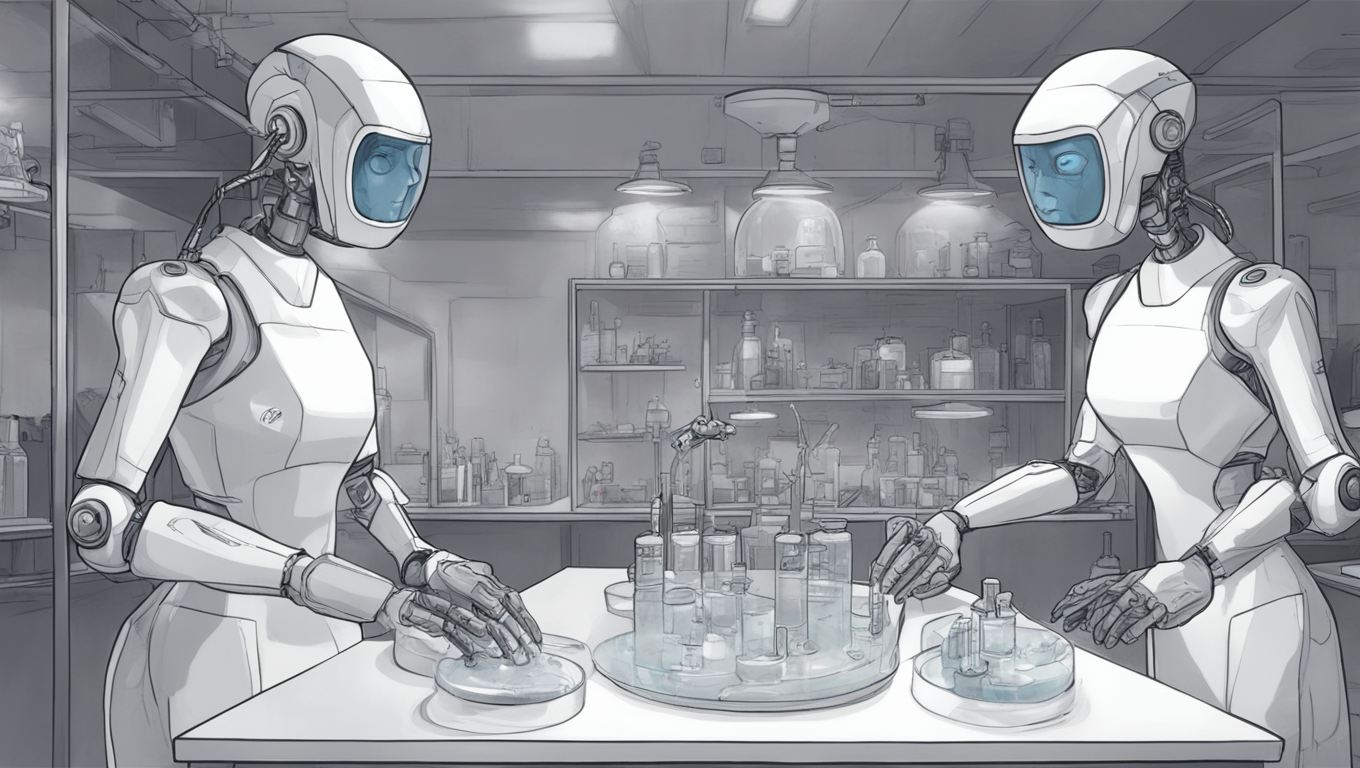Far from the jungle, Tarzan and Jane swing quietly into action in a sterile laboratory at St. Paul’s Hospital in Vancouver. But Tarzan and Jane are not your typical lab technicians - they are robots equipped with artificial intelligence (AI) that automate the handling and processing of microbiology samples. In fact, these robots can handle up to 70% of the hospital’s microbiology samples, unscrewing specimen tubes and streaking samples onto bacterial culture plates in the hospital’s new automated WASPLab.
Lab automation is not a new concept, but St. Paul’s Hospital claims that the use of AI in its WASPLab is a first for Western Canada. The AI system assesses and sorts culture plates, separates bacterial cultures, and even alerts staff if further analysis is required. Dr. Marc Romney, the head of medical microbiology and virology at St. Paul’s, explains that this level of automation significantly eases the burden on doctors and lab technologists, freeing them from repetitive manual work.
The robot duo, Tarzan and Jane, have been diligently working at the lab for the past two months. Dr. Romney describes them as “great workers,” capable of working early mornings and late shifts. In addition to their tireless work ethic, the robots possess unique skills that complement each other. Tarzan excels at the “heavy lifting” tasks, while Jane is responsible for the more intricate work of applying precise volumes of specimens onto culture plates.
The real magic happens after incubation, where the WASPLab’s AI analyzes the culture plates. Negative plates are discarded, while positive ones are reported. Dr. Romney emphasizes the tremendous time-saving benefits of this automation, stating that it would have taken much longer for humans to manually perform these tasks. The robots, named and created by Italy-based lab automation manufacturer Copan, were customized in collaboration with doctors and laboratory staff to meet St. Paul’s Hospital’s specific needs.
Of course, with any technology, there is room for error. Dr. Romney acknowledges that the robots occasionally make mistakes, such as Tarzan dropping tubes. However, he highlights the importance of human supervision and intervention when complications arise. While robots and AI are set to play significant roles in healthcare settings, Dr. Romney reassures that they will never completely replace medical professionals. The level of acuity and complexity in patients requires human intervention for definitive answers.
Despite the occasional mishaps, Dr. Romney sees AI as a crucial part of the future of healthcare. He believes that AI will free the next generation of physicians from simpler tasks, allowing them to focus on the increasing acuity and complexity of patients. While AI is a valuable tool, it will always require human guidance and intervention.
As technology continues to advance and find its place in healthcare, Tarzan and Jane’s presence in St. Paul’s Hospital is a testament to the potential of AI and robotics in transforming lab testing. Their efficiency and precision offer a glimpse into the future of medical laboratories, where automation and AI work hand in hand with human professionals to provide the best possible care.





Use the share button below if you liked it.